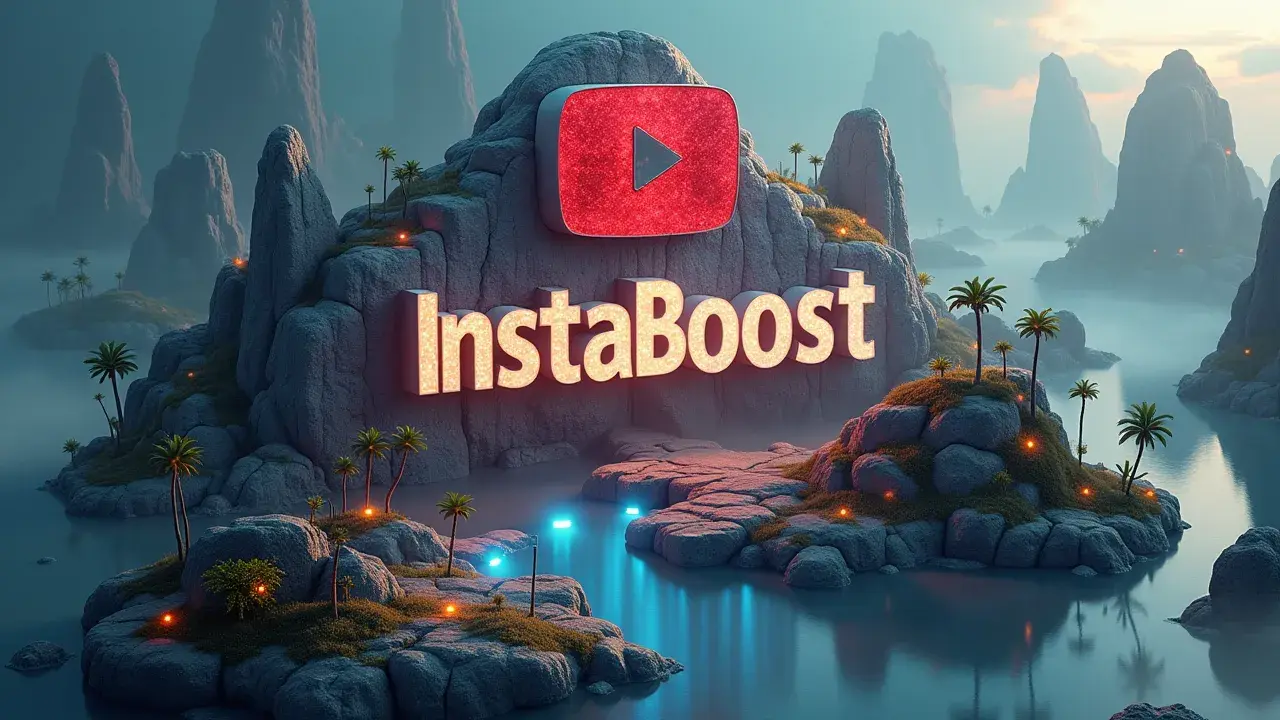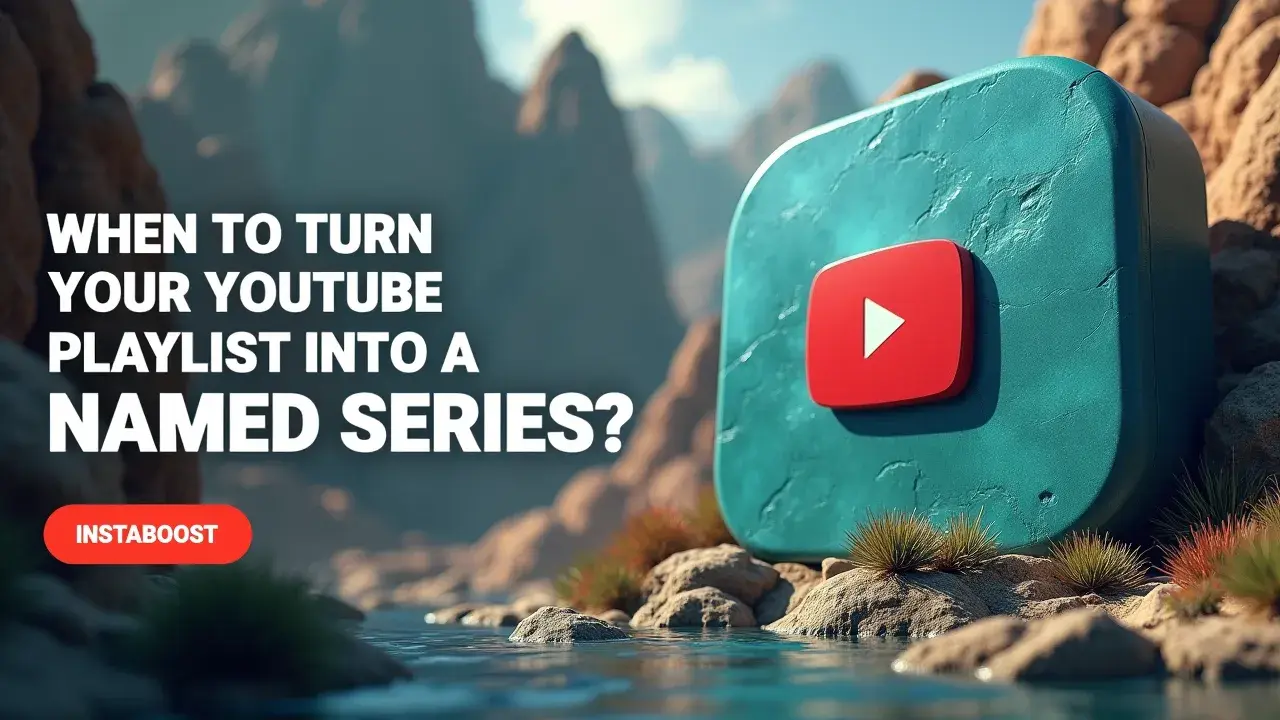When Should a YouTube Playlist Become a Named Series?
A playlist deserves series status when its content shows consistent themes, format, and cadence that viewers can recognize. Clear signals include repeatable episode structures, a growing backlog that fits a defined premise, and audience behavior suggesting they follow it as an ongoing journey. Naming the series helps viewers anticipate what comes next and improves discoverability if the scope is focused and sustainable. Align the label with proven patterns and track retention to confirm the fit.
From Playlist to Series: Recognizing the Pivot Point
YouTube playlists can be surprisingly helpful when you’re trying to keep your videos organized or make it easier for people to find related uploads. Over time, though, you might start to notice that a playlist isn’t just a list anymore – it starts to feel like the early stages of a real series.
Maybe there’s a theme running through the videos, or you notice viewers keep coming back for the same kinds of topics. This shift isn’t about chasing trends or slapping on a new label. It’s more about noticing what’s actually happening with your audience. Sometimes you’ll see certain playlists getting more attention – maybe more consistent views, or you keep getting similar questions in the comments.
Maybe there’s a theme running through the videos, or you notice viewers keep coming back for the same kinds of topics. This shift isn’t about chasing trends or slapping on a new label. It’s more about noticing what’s actually happening with your audience. Sometimes you’ll see certain playlists getting more attention – maybe more consistent views, or you keep getting similar questions in the comments.
I’ve found that these little patterns are actually useful, especially when you’re trying to boost YouTube organically. When you look through your analytics – things like how long people are watching, how often they come back, or which videos lead to new subscribers – it gets easier to see when a playlist could become something more regular and defined.
Naming it as a series isn’t just about organizing your channel; it can help you focus, find people who are really interested in that topic, and even think about new ways to support your work. It’s the timing that can make a difference, spotting when a playlist is ready to turn into something more, and sometimes the signals are quieter than you might expect.
Naming it as a series isn’t just about organizing your channel; it can help you focus, find people who are really interested in that topic, and even think about new ways to support your work. It’s the timing that can make a difference, spotting when a playlist is ready to turn into something more, and sometimes the signals are quieter than you might expect.

Letting Data Trump Dogma: Learning From Your Watch Stats
What ended up making the biggest difference for us was putting aside all the supposed best practices and really paying attention to what was happening with our own channel. After a lot of time spent copying what bigger creators were doing, we finally decided to slow down and look into our YouTube analytics ourselves – especially things like viewer retention and how people were actually finding our playlists. That’s when things started to change. We could see that whenever a playlist picked up more watch time than our regular videos, and people came back each time we uploaded something new, the standard advice didn’t seem to apply in the way we’d expected.
The data made it pretty clear: viewers were following a thread between certain videos, and that kept them around for longer. That kind of pattern didn’t just help with engagement – it also gave us a way to experiment with new ideas before deciding to turn them into full series. And if a playlist was bringing in repeat visitors from search, not only from our subscribers or random homepage traffic, that was a good sign we were hitting on a topic that actually meant something to people. Maybe that’s part of how you organically strengthen your YouTube community without even realizing it. It’s not really what you hear from most creator “experts,” but looking at what our real audience was doing – rather than sticking to what you’re supposed to do – ended up helping us figure out where to put our energy. Following what we saw in the analytics, instead of the usual rules, made our decisions feel a little less forced and a little more grounded, even if we didn’t always know what the next step would look like.
Strategic Framing: Creating an Ecosystem, Not Just a Sequence
It isn’t really about cranking out more videos for the sake of it – it’s about doing something that sticks with people. When you start seeing viewers circle back to older videos in your playlist, leaving comments about episodes you made months ago, or asking what you’re going to cover next, that’s usually a sign you’re onto something more than a bunch of uploads. The shift happens when your playlist stops feeling like a random pile and starts to work together as a real experience for viewers. Giving that playlist an actual name isn’t just a matter of making it look tidy. It’s about making a spot your audience can keep coming back to, where they know what to expect.
Most folks don’t log onto YouTube just to watch whatever pops up. They stick around because there’s some kind of thread they can follow – maybe they want to get better at something, or they want to keep up with a topic over time, or they just like being part of something ongoing. Funny enough, even something as small as a simple way to get likes can end up making a difference in how visible your series becomes. When you start thinking of your playlist as a series, it’s a bit of a shift – it shows you’re putting some real thought into what you’re making, and that gives viewers a reason to come back.
It also happens to make things easier for you if you’re trying to grow your channel, since series are easier to share around, they’re more appealing to sponsors, and people actually search for them by name. When you look at your playlist and it feels less like a bunch of files and more like a familiar place people return to, that’s probably the moment to stop calling it a playlist and start giving it a name that means something to you and the people watching.
When Naming Your Playlist Is Just a Vanity Move
I’m not trying to be negative about it – it’s more that I’m tired of seeing the same approach over and over. A lot of people will organize their videos into a playlist, give it a title, and suddenly call it a “series,” like that label will make everything click into place. But viewers can usually tell when there isn’t much holding the videos together.
A clever title doesn’t really make people care, especially if the playlist is just a group of videos that happen to share a topic or a style but don’t actually feel connected. It’s simple enough to slap a name on something, but putting together a real series is a different kind of work. There needs to be some real link from one video to the next – something more than a matching color scheme or a repeated intro.
And if you’re thinking about starting a series just because it helped someone else grow their channel, it’s worth taking a step back. What works for another creator, especially if they already have running jokes or an audience that follows their threads, doesn’t necessarily translate to a new channel. A playlist only feels like a true series when each part seems intentional, like you’ve thought about how each episode fits and maybe even set things up for what comes next.
Sometimes it’s tempting to focus on ways to spark interest with video views, but without that sense of cohesion, people tend to lose interest. So before you put a new label on your videos, it’s worth asking if you’re actually building something people want to follow, or if you’re just putting a fresh name on things that don’t really connect. Sometimes when I look at my own channel, I have to wonder about that too.
Redefining Success: Series as a Strategic Move, Not a Shortcut
It can feel strange when things don’t go the way you thought they would. Deciding to give your YouTube playlist a real name and shape it into a series isn’t a quick trick that’s suddenly going to make your channel take off. The difference comes in how people actually start to watch and interact. It’s less about chasing a spike in subscribers and more about noticing that your viewers are actually coming back, sticking around for longer, and leaving comments that show they care. When a series works, it’s usually because there’s a rhythm to it – viewers know what to expect, but there’s also a sense that each video is building on the last in some small way.
Over time, you start to see the numbers shift in your analytics, sometimes even subtle changes in things like increase YouTube shares, but it’s the returning faces and steady conversations that signal something is clicking. Putting together a series means thinking about the topics as pieces that fit together, letting yourself refer back to earlier videos, and helping people feel like they’re following a thread, not just popping in on random uploads. If you’re serious about earning money from your channel, or you want people to stick around longer, this kind of shift matters. It’s not so much about changing the look of your playlist, but about making sure there’s a reason for it to exist at all. At some point, it stops being about whether you should call it a series, and becomes more about what people are actually getting when they come back each time.
Letting Analytics Guide the Leap From Playlist to Series
What really separates a playlist from an actual YouTube series isn’t how much effort you put into it or how polished it looks – it’s what the numbers tell you. Before thinking of your playlist as a “series,” it helps to open up your YouTube analytics and look closely at what’s actually happening. Are people watching the videos all the way through? Do you notice certain viewers coming back whenever you upload a new one? Watch time, returning viewers, and those little spikes in engagement – they show you that people are following along, not just stumbling in. A playlist with a theme is one thing, but a series gives viewers a reason to keep checking in.
If your analytics show people waiting for new uploads, that’s a real sign you’ve made something they want to stick with – a place they visit on purpose, not by accident. That’s when it makes sense to start thinking about giving your series its own name and look, not just for the sake of appearances, but because it can help people recognize your work, build a stronger sense of what your channel is about, and it might even lead to things like sponsorships or collaborations. Tools like INSTABOOST can help you see in more detail what’s working, and sometimes you’ll even find yourself digging into resources like buy YouTube bundles just to better understand the landscape.
Really, though, it’s about following your viewers’ lead. Their choices – not just your plans – are what tell you if it’s time to treat what you’re making as more than just a set of related videos. When you start to notice that steady interest, it’s probably worth considering what else you could do with it, even if you’re not sure exactly where it’s heading.















